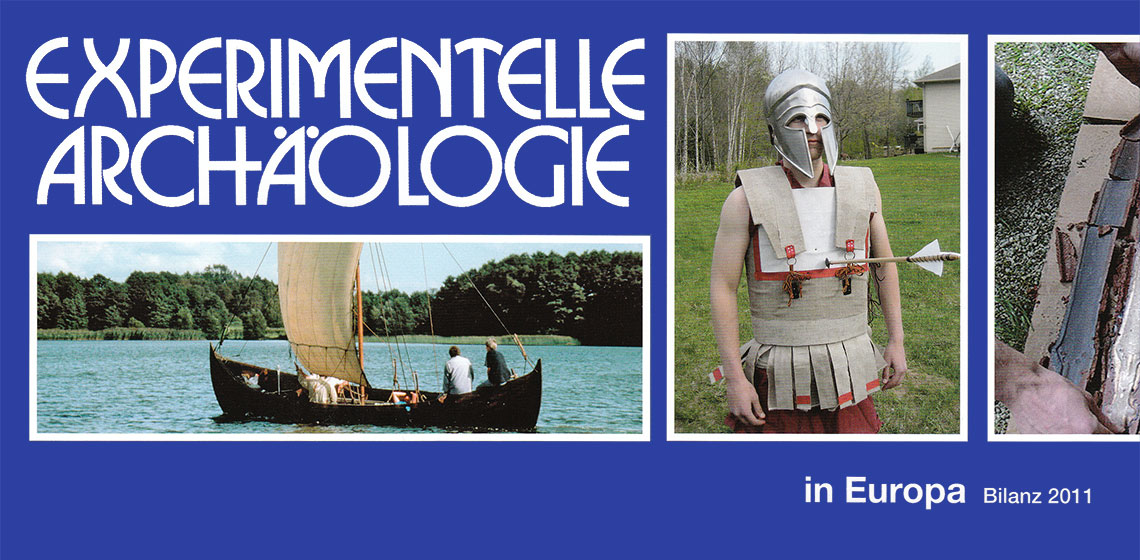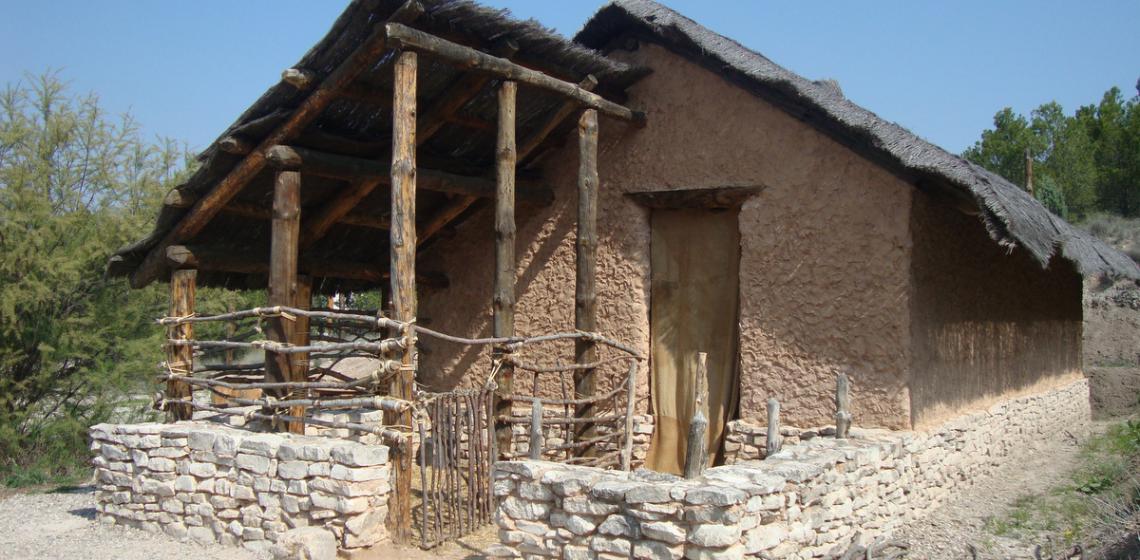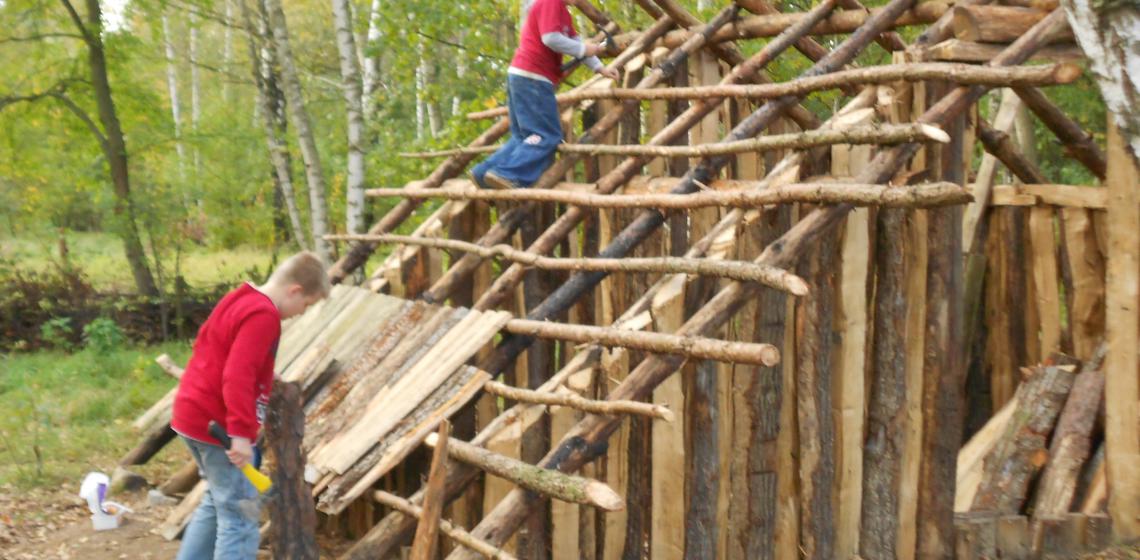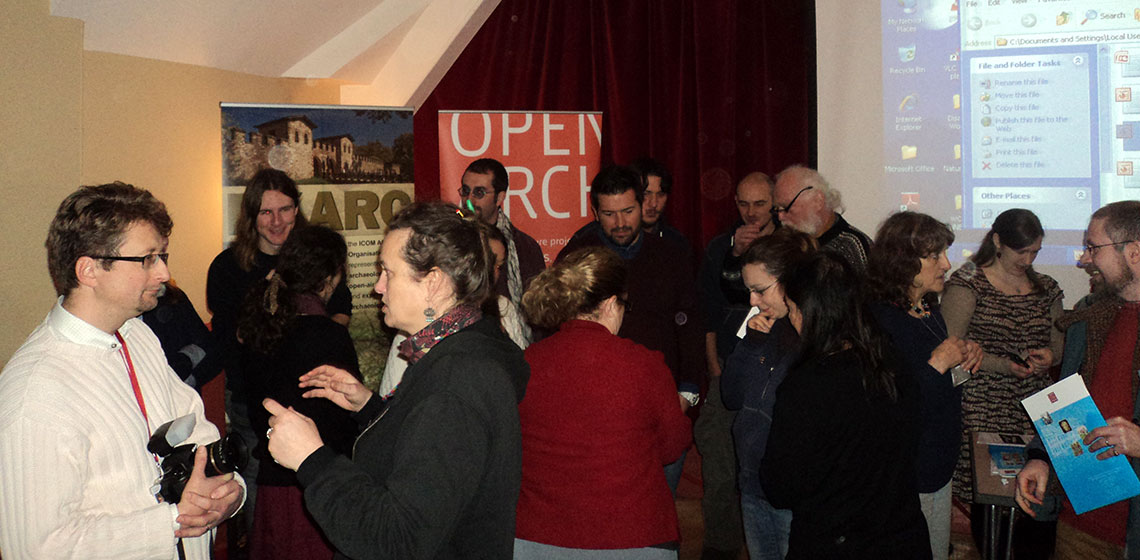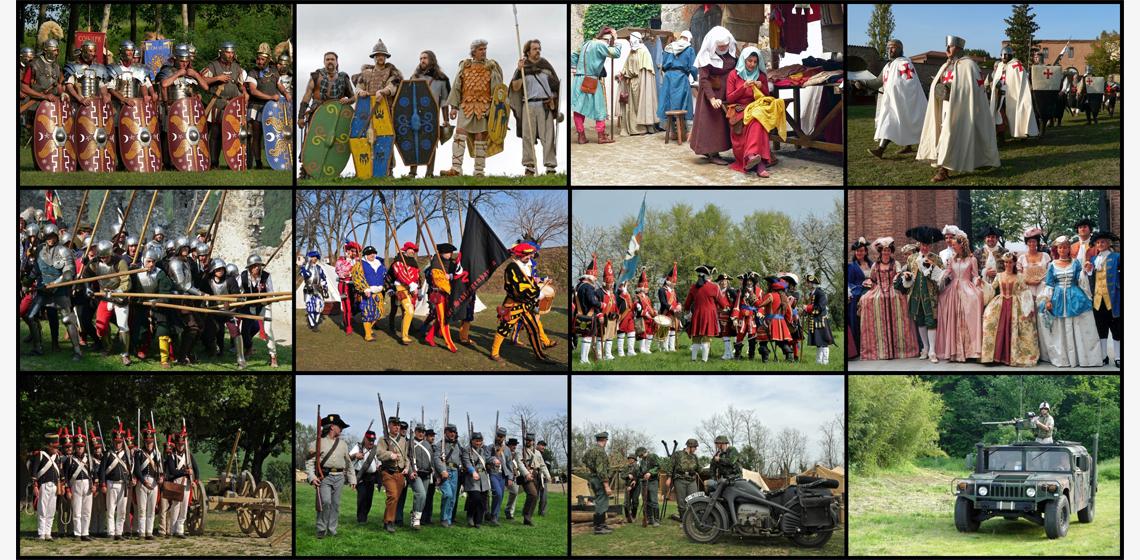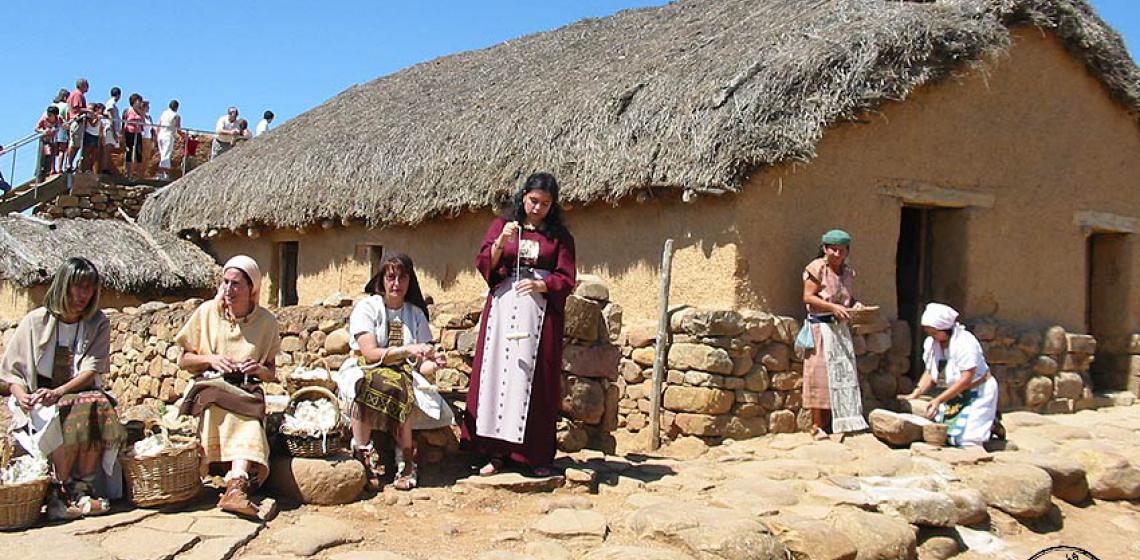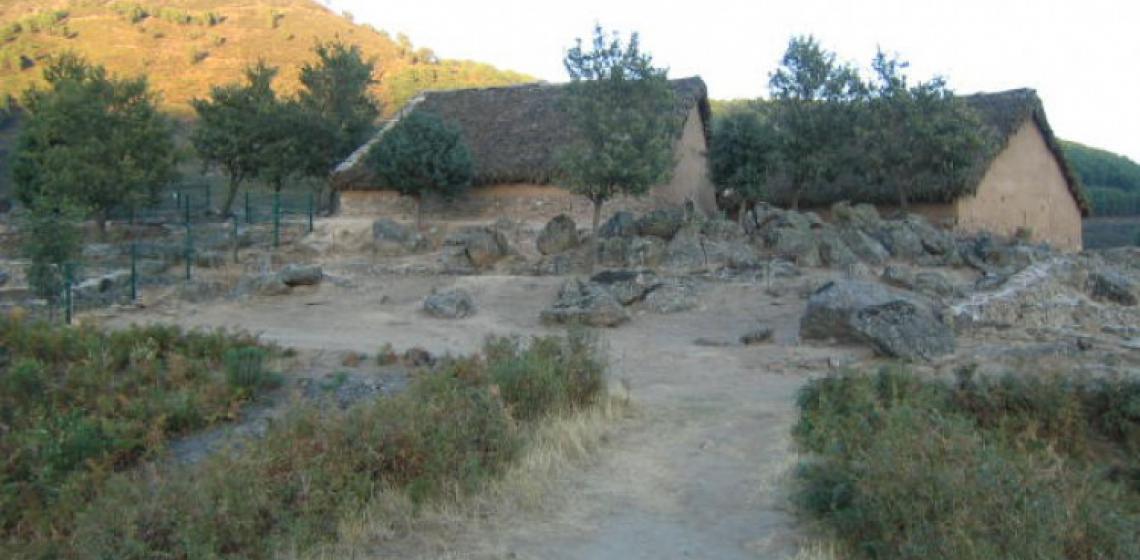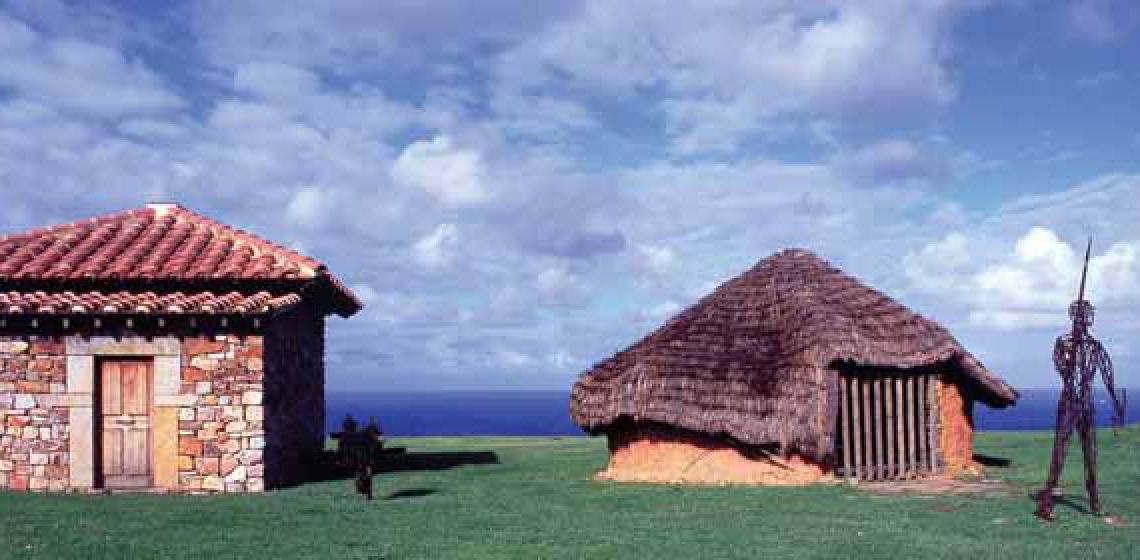Few kilometres south of La Coruna, in the northern coast of Spain, excavations started in 1947 and discovered a huge (7- 8 hectares) iron age and Roman fortified settlement. In 2002 a new campaign took place with the support from the local committee of La Coruna and the site is now open to the public. Volunteers as well as professionals and university students are involved in the wider frame of the Proyecto Artabria funded also by the Consellería de Cultura de la Xunta de Galicia and both the Ministerios de Cultura and Fomento.
Few kilometres south of La Coruna, in the northern coast of Spain, excavations started in 1947 and discovered a huge (7- 8 hectares) iron age and Roman fortified settlement. In 2002 a new campaign took place with...

